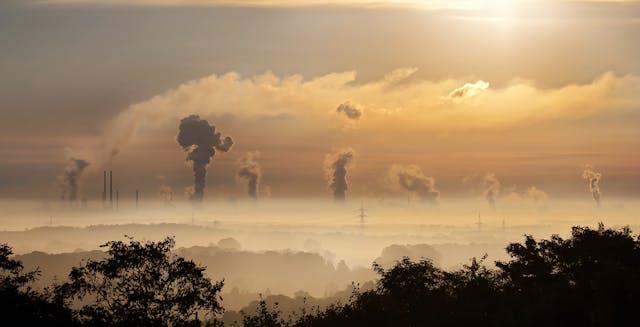Inaccurate predictions from the system leave authorities unprepared as the city’s air quality plummets into the “poor” category
Delhi’s air quality early warning system (EWS) is under scrutiny as it continues to issue faulty predictions, failing to provide reliable forecasts for the city’s deteriorating air quality. Over the past six days, the EWS has made incorrect predictions on four occasions, despite utilising advanced atmospheric models to forecast conditions.
Recent data from the System of Air Quality and Weather Forecasting and Research (SAFAR) revealed alarming Air Quality Index (AQI) figures across various areas in the capital. Regions such as Anand Vihar reported an AQI of 441, categorising it as “very poor.” Other areas, including Narela (330), Patparganj (309), Rohini (332), Shadipur (308), and Wazirpur (354), also recorded similar distressing figures.
On October 13, the EWS predicted the air quality would remain at a “moderate” level, but the reality was starkly different as the AQI fell into the “poor” category. The following day, the system forecast an improvement; however, the air quality only worsened, further descending into the “poor” zone.
Embed from Getty ImagesLast year, the EWS faced a significant failure when it miscalculated the onset of severe pollution, missing by a wide margin of six days before the first “severe” day of pollution on November 2. It had initially predicted that the AQI would not drop into the alarming “deep red” zone until November 9.
Since its launch in October 2018, designed to provide air quality warnings up to ten days in advance, the EWS has been plagued with issues that leave residents uninformed about when they should take precautions. This inadequacy has prevented authorities from implementing timely measures to curb pollution effectively.
On October 13, the Commission for Air Quality Management (CAQM) relied on EWS predictions and decided against invoking the first stage of pollution-related restrictions. However, as air quality conditions worsened, the CAQM was forced to hastily implement measures the following day.
Officials have acknowledged that the EWS is not infallible and fails to adequately account for various emissions and weather factors. They admitted that the system is susceptible to errors, particularly when fed inaccurate data, especially from meteorological sources.
The EWS is operated by the Indian Institute of Tropical Meteorology (IITM) in Pune and functions under the Union Ministry of Earth Sciences. It comprises two models: a weather prediction model supported by the India Meteorological Department and an atmospheric chemistry transport model. Together, these models assess local emissions, aerosol components in the air, the effects of long-range dust storms, and the contributions of pollutants from agricultural fires.
As of the latest update, the air quality in Delhi remains classified as “poor,” with an AQI of 273 reported at 9 am, according to the Central Pollution Control Board. Residents are expressing their frustration, as the city has been enveloped in a layer of smog. One local resident commented to ANI, “From the past two days, the pollution has increased, causing a lot of problems… The government should take steps to control the pollution.”
The AQI categories define air quality levels as follows: 0-50 is considered “good,” 51-100 “satisfactory,” 101-200 “moderate,” 201-300 “poor,” 301-400 “very poor,” and 401-500 “severe.”
As Delhi grapples with its persistent air quality issues, the effectiveness of the early warning system will come under further scrutiny. Authorities must address these shortcomings to ensure that residents receive accurate information and that necessary actions are taken to safeguard public health.
